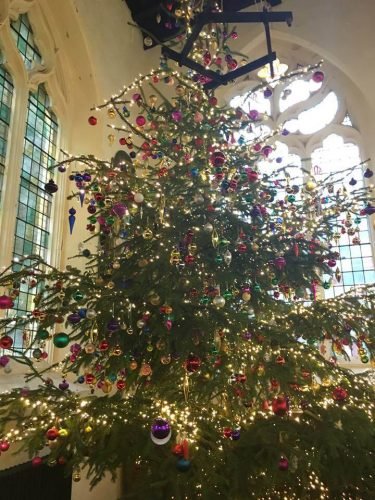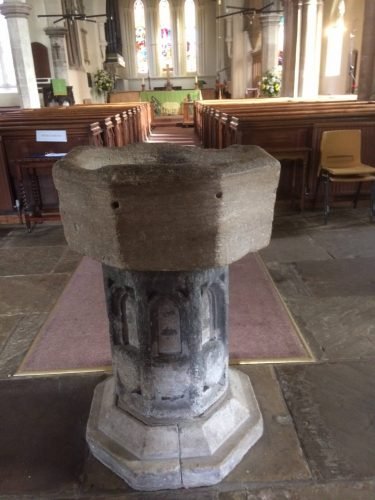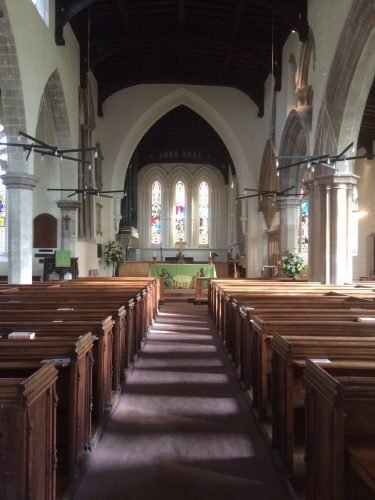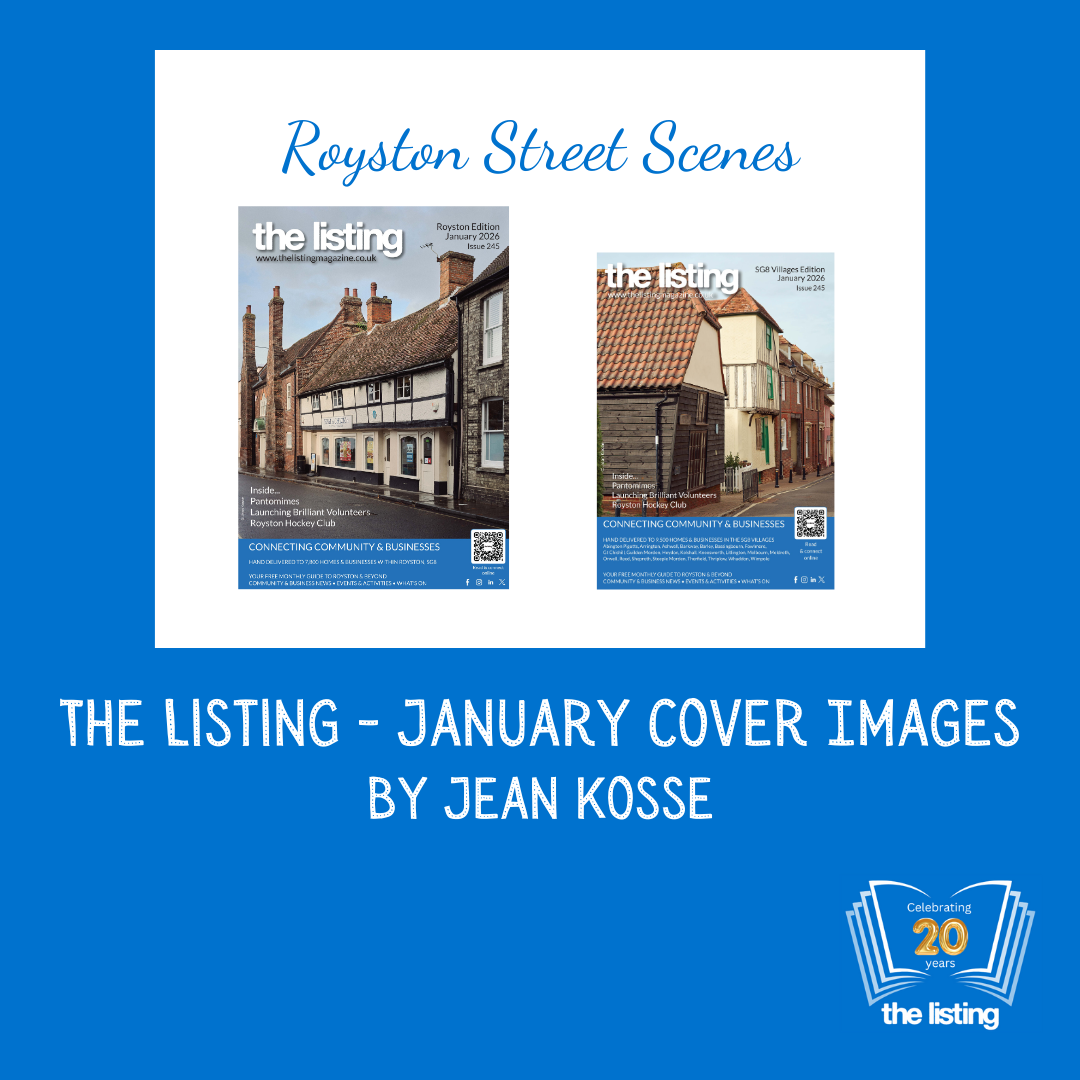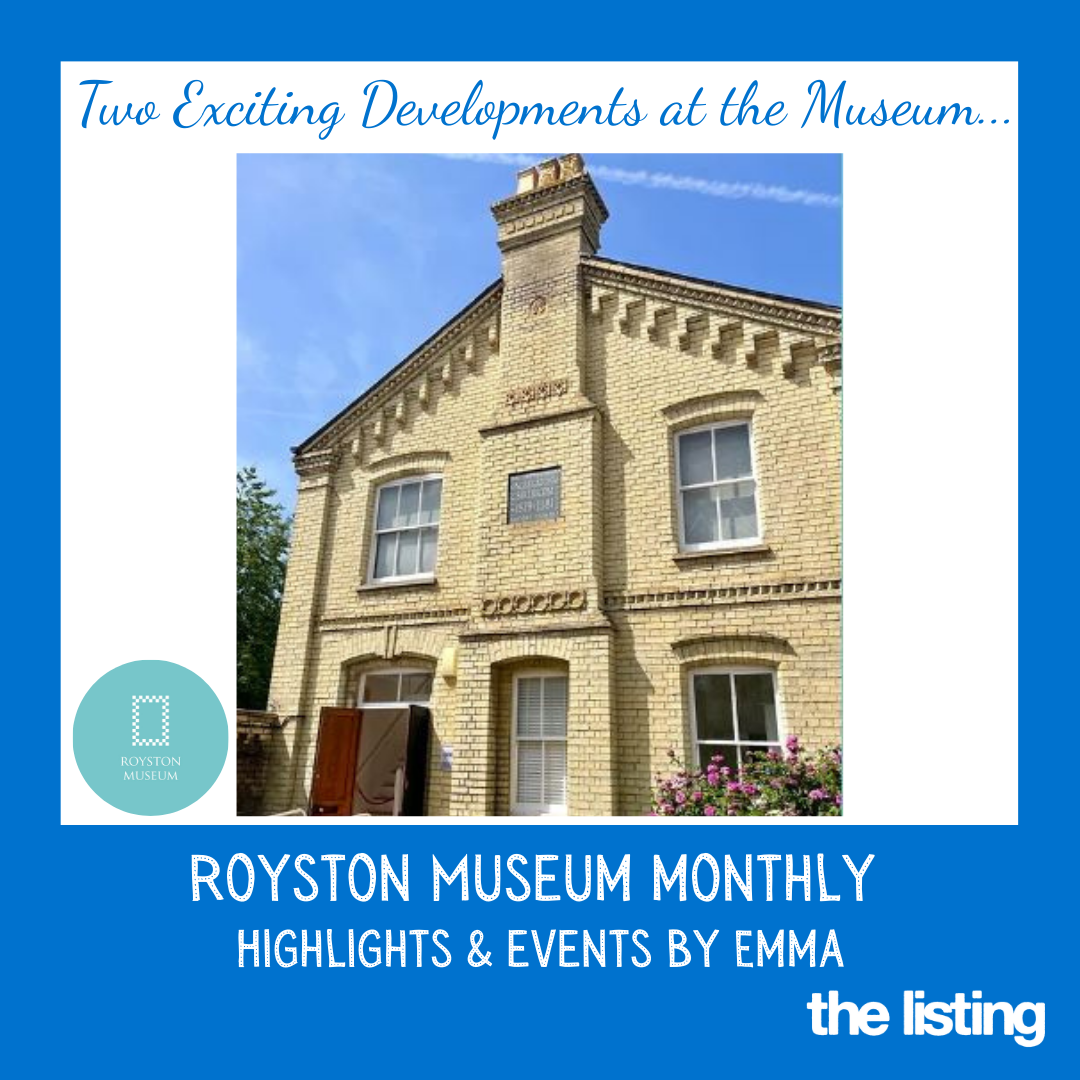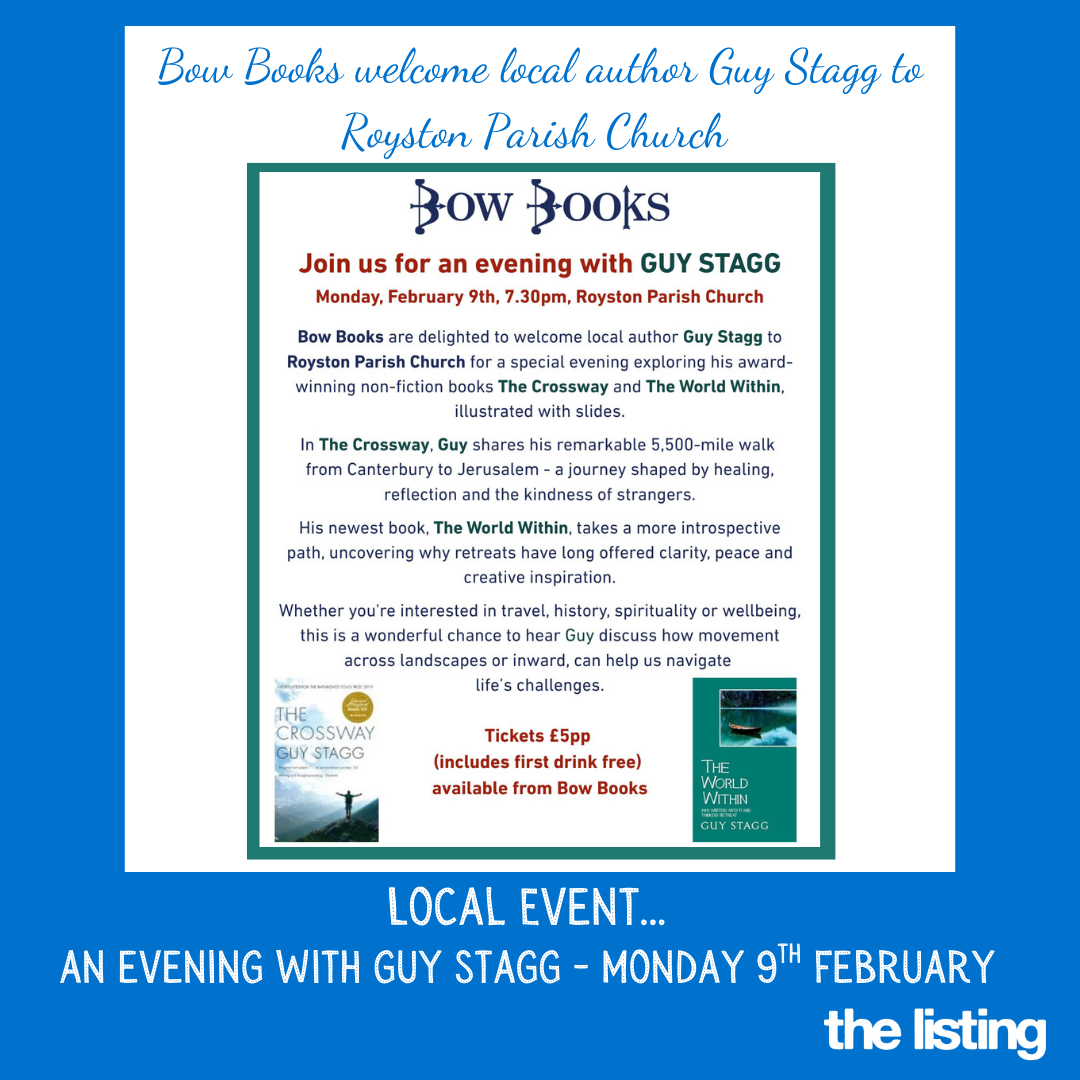The parish church of St John the Baptist is the only surviving part of an Augustinian priory, which dates from the latter half of the twelfth century. Between 1164 and 1179 a chapel for three canons was established and this was subsequently raised to a priory, initially for a community of only seven canons. It was set up on land granted by Eustace de Marc, Lord of the Master of Newsells.
The first documentary evidence for the priory is a Papal Bull of 1184 when Pope Lucius confirmed the original grant of land and a further grant by the founder’s nephew, Ralph de Rochester. The dedication to St John the Baptist was also changed to include St Thomas of Canterbury who had been assassinated in 1170.
Royston Priory, as one of the lesser monasteries, was dissolved by the Act of Suppression in 1536 and work began almost immediately to tear the building down. However, the townspeople had come to look upon the church as their parish church and purchased the building for what is believed to have been the sum of £800 (approximately £80,000 in present day terms) and in 1540 an Act of Parliament created the new parish of Royston and the church was dedicated to St John the Baptist.
By 1600 the church was described as ‘utterly ruinated and fallen down’. This may have been an exaggeration but there is certainly evidence of major rebuilding around this time. Box pews were installed and their remains line the walls under the ringing chamber.
The eighteenth century appears to have been relatively uneventful in the history of the building but the nineteenth century saw major changes, with hardly a decade passing without work being carried out on the fabric. In 1823 the tower was given a coating of plaster, an organ and gallery were installed in the 1830s, restoration work (including rebuilding windows and arches of the south aisle) was undertaken in the 1850s and 1860s. Between 1872 and 1875 the church began to take on its present appearance. The tower was encased in flint and the porch and medieval west door removed. The seventeenth century pews were torn out and replaced by the present pews and the medieval font was ejected, not to return until 1927. Then in 1891 the first major addition since the Dissolution was undertaken with the building of the chancel and the extension of the south aisle. In the twentieth century a vestry was added at the west end in 1928, the nave roof was restored in 1951 following the discovery of Death Watch Beetle, a new organ was built in 1978, re-ordering of the chancel was carried out in the 1980s and the Victorian west doors were removed and replaced by a glazed entrance porch in 1991.


